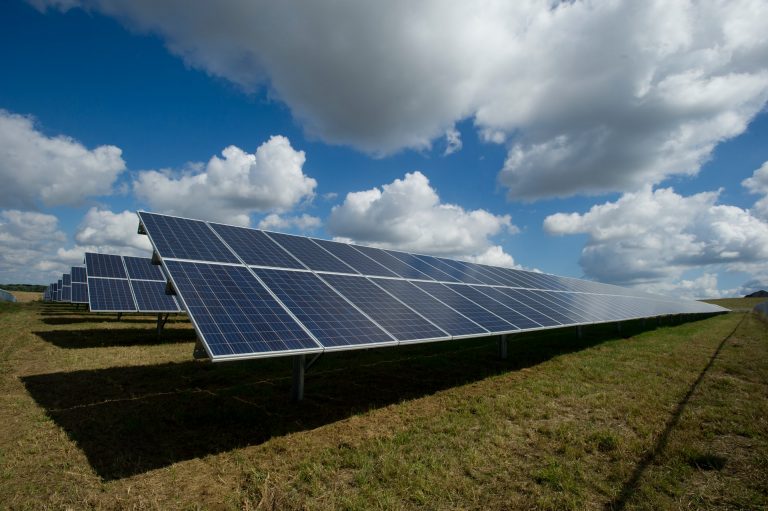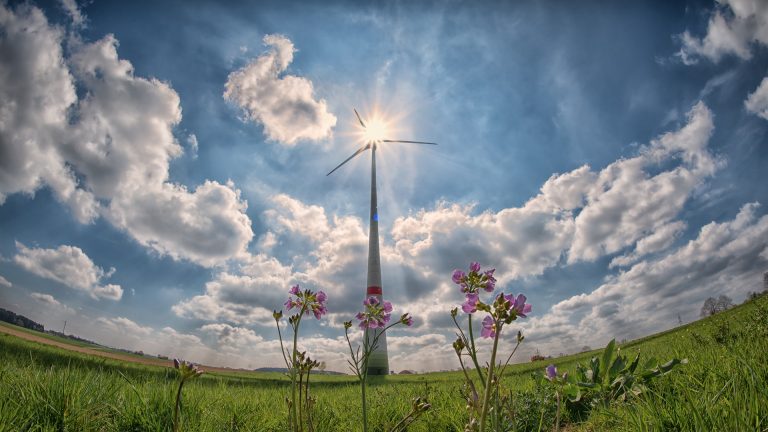The government launched B30 in January 2020 to encourage the use of Biofuel (BBN) through the biodiesel program. Currently, the government relies on CPO as feedstock for the production of biodiesel used in B30 as an alternative to diesel.
“The B30 program is not without risks. According to our research, B30 can potentially cause a deficit in CPO supply in 2023 due to the high demand for CPO from the biodiesel sector. The deficit status of the CPO supply will arrive sooner if the production of biodiesel blends gets higher. This potential deficit could be a threat to the forest area due to the expansion of palm oil plantations in order to meet the demand for biodiesel feedstock,” explained Ricky Amukti, Research Manager of Traction Energy Asia.
Indonesia has a great potential to utilize used cooking oil as feedstock for biodiesel while also reducing its adverse environmental impacts, such as polluting the sewers as well as being recycled into and sold as bulk cooking oil. In 2019, Indonesia’s cooking oil consumption produced 13 million tons of used cooking oil. The amount is considerably high compared to European Union with 22.7 million tons, US with 16 million tons, and India with 23 million tons.
Tenny Kristiana, a researcher at the International Council for Clean Transportation (ICCT), explained the potential benefits of used cooking oil for health. According to her, if there is a regulation that requires the collection of used cooking oil in order to be used as biodiesel feedstock, the risk of recycling used cooking oil into bulk cooking oil will be reduced. This will ultimately reduce the potential for neurodegenerative disorders such as stroke, Alzheimer’s, Parkinson’s & Huntington’s; hypertension; cardiovascular disease; heart disease; damage to the gastrointestinal system; and damage to kidney and liver functions, due to multiple use of recycled cooking oil to fry food.
The utilization of used cooking oil as feedstock for biodiesel can minimize the risk of increased Chemical Oxygen Demand (COD) and Biological Oxygen Demand (BOD) levels in the waters, especially since used cooking oil is classified as a hazardous and toxic waste (B3). In the context of GHG emission reduction, the ICCT research finds that although B30 biodiesel can reduce CO2 emission by 30 million tons, if the calculation includes the process from the upstream sector (palm oil plantations) to downstream sector (biodiesel consumption) using the Life Cycle Analysis, the total CO2 emission increases by around 52 million tons due to the expansion of palm oil plantations to meet the demand for biodiesel feedstock.
Ricky Amukti added that the use of used cooking oil as feedstock for biodiesel can help the government to overcome fluctuations in the Production Index Price (PIP) of CPO-based biodiesel and diesel fuel, which depend on prices in the international market. It is notable that the trend for CPO-based biodiesel PIP is generally higher than diesel PIP, so that there is always the potential for a high subsidy burden in the production of biodiesel fuel. On the other hand, used cooking oil is a commodity whose value is not affected by the prices in the international market. Thus, the government can set a fixed price as compensation for the sector that contributes used cooking oil for biodiesel feedstock. If used cooking oil is determined as biodiesel feedstock, the government has a supply of biodiesel feedstock with a more stable price and is not affected by fluctuations in commodity prices in the international market.
The utilization of used cooking oil as feedstock for biodiesel should begin with government policies, especially from the regional governments. Joko Tri Haryanto, Researcher at Fiscal Policy Agency, Ministry of Finance, explained that there are three policy instruments that should be implemented to mobilize the used cooking oil collection from household sector as well as hotel, restaurant, and cafe business sector. First of all, regulations at regional government level (Regional Regulations, Mayor/Regent Regulations) are required to encourage used cooking oil suppliers to hand over the waste. Secondly, incentive and disincentive mechanisms are required as stimuli for used cooking oil suppliers so that they are willing to hand over the waste. Incentive mechanisms include fiscal policies, such as providing tax discounts for hotels and restaurants, as well as non-fiscal policies related to business license renewal process. Third, a business model that focuses on synergy between the government and the public (CSO, waste bank/used cooking oil bank) is required to manage used cooking oil industry. The government can act as the manager of used cooking oil industry through Regional-Owned Enterprises (BUMD) or Regional Public Service Agency (BLUD). The combination of the three policies is needed to ensure the availability of biodiesel feedstock supply from used cooking oil.
Ricky Amukti concluded that the use of used cooking oil as feedstock for biodiesel could serve as a concrete example of efficient and multi-beneficial circular economy. Household sector, as well as hotel, restaurant, and cafe business sector, can be involved as used cooking oil suppliers. With the right incentive policies, those sectors can relish the additional income as used cooking oil suppliers. With this system, the problem of used cooking oil that is harmful to the environment and health can be resolved and the demand for biodiesel can be met. The system also contributes to the increasing economic growth of the household sector as well as the hotel, restaurant, and cafe sector.
Contacts:
Joko Tri Haryanto, Researcher, Fiscal Policy Agency, Email: [email protected]
Tenny Kristiana, Researcher, ICCT, Email: [email protected]
Ricky Amukti, Research Manager, Traction Energy Asia, Mobile: 0877 8189 3015, Email: [email protected]






